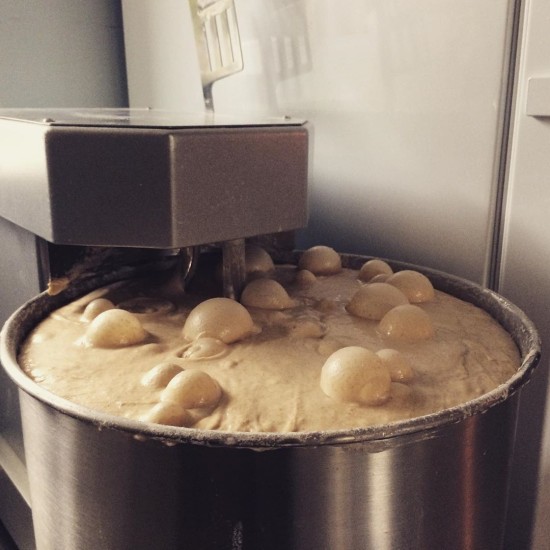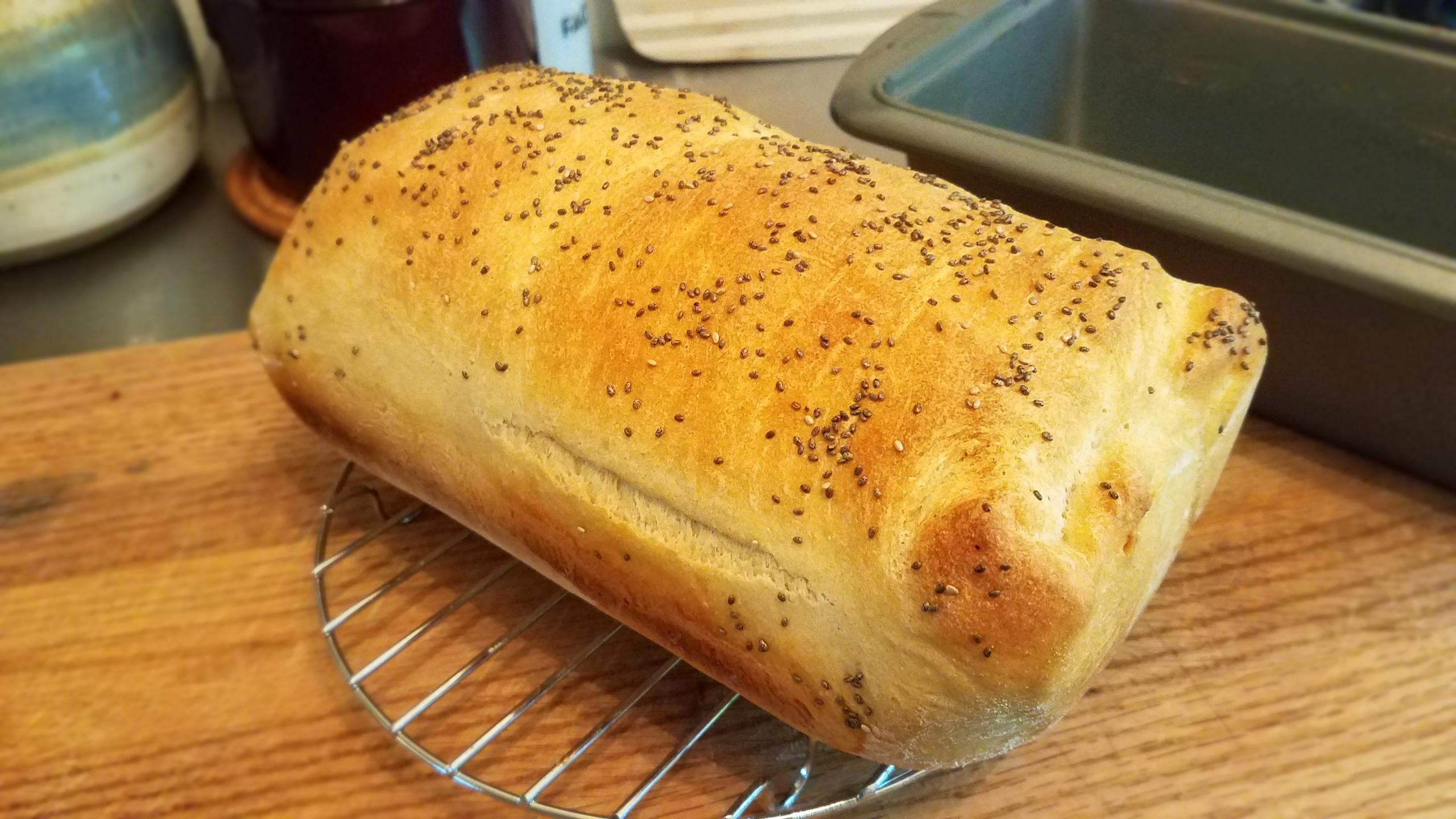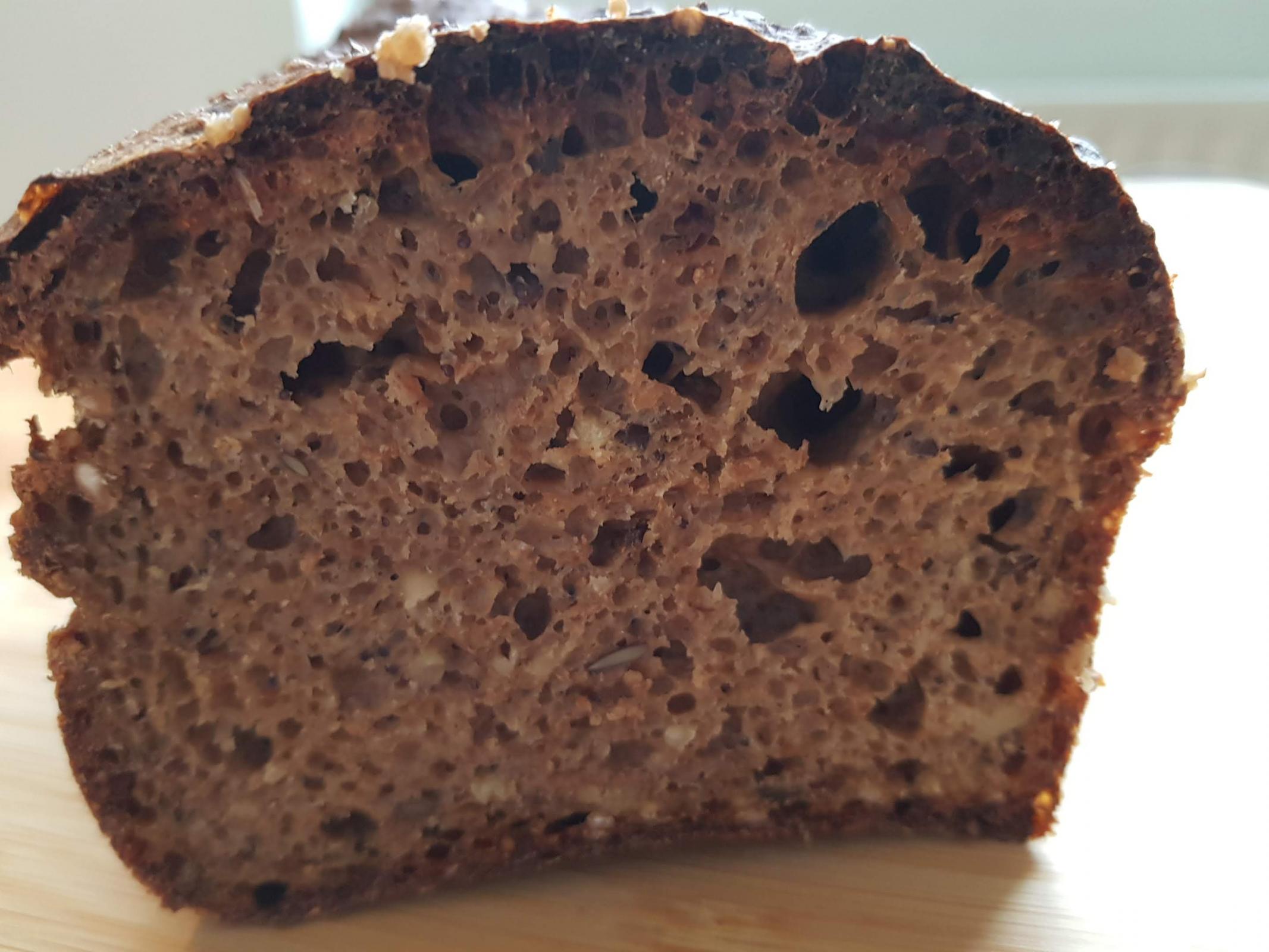Special Needs Bread- low carb recipe - needs help.
No real bread for us because of the amount of carbs, so I gave up on sourdough bread. I am working on a Keto bread for sandwiches and buns, but the outside crust on the buns is a little tough to bite into. The sandwich loaf is not that big of a problem since the surface crust is less, but I would like to use 1 recipe for both. I have tried many different low carb bread recipes, and this is the closest to real bread that I have found, but I still need to adjust the recipe.
Here is MY understanding of the ingredients I am using and how they act in baking bread. (Ingredients I am currently using)
1. Vital Wheat Gluten- adds protein, strength, and structure, but very expensive if using large amounts. High protein.
2. Flaxseed Meal- thickener, makes a gel which helps with bubbles/rise, needs warm water. More carbs than fiber but close to the same amount, high protein. Mix with dry ingredients.
3. Oat Fiber- (not bran) high in fiber, binds up to 7x water, adds bulk, more carbs than fiber, but not too much, zero protein. Mix with dry ingredients.
4. Psyllium Husk Powder- less is better because it can make bread rubbery/spongy, it thickens/binds, mix with dry ingredients before adding liquids, needs about 10 minutes to absorb liquids, more carbs than fiber but they are almost the same. Zero protein.
5. Xanthan Gum- thickening/binding agent, helps elasticity, use a very small amount, add with dry ingredients, gels in liquids, absorbs.
6. Wheat Protein Isolate- (wheat flour with starch removed), helps with rise/strength/chewiness. Has more carbs than whey protein isolate, has small amount of fiber, high protein.
7. Whey Protein Isolate- high protein, zero carbs, zero fiber.
Cost wise and carb wise: most expensive/most carbs = vital wheat gluten. Then oat fiber and flaxseed meal. Plus the gluten has a lot of protein.
Current recipe: makes 704 g of dough (Baked= 629 g) 32g slice = 81 calories, 3.5 g fat, 0.9 sat fat, 22g cholesterol, 27.4 g sodium, 5.5 g carbs, 2.5 g fiber, 0.6 g sugars, 8.4 g protein. Net carbs= 3 g.
Vital wheat gluten 192 g = 38.4g carbs, 0 fiber, 134.4 g protein
Flaxseed Meal (ground) 84 g = 25.8 g carbs, 19.4 g fiber, 19.4 protein
Oat Fiber 38 g = 38 g carbs, 28,5 g fiber, 0 g protein
Erythritol 27 g 4 g carbs (4 erythritol zeroes out carbs)
Yeast 11 g
Sea salt 1 tsp
Xanthan Gum 1/2 tsp = 7 g carbs, 7 g fiber
Butter 30 g
Honey 7 g = 5.6 g carbs, 0 fiber, 0 protein (for yeast)
Warm water 250 g
2 large eggs
All ingredients at room temperature. All dry ingredients whisked together. All liquids whisked together. Then combine the two. All ingredients at room temperature Knead 15 min with Ankarsrum dough hook. Let rise 2-3 hours at 78-80°F. Bake 20 minutes at 350°F. (Preheated oven on middle rack in a metal pan.)
My goals:
1. Lowest carb possible without being rubbery, gummy, eggy, or spongy.
2. Strong enough for a burger bun.
3. Lower the protein and calories, if possible.
4. No almond flour or cheese.
My questions:
1. What can I do to make the buns' crust easier to bite into? They are very soft, but tough. The buns remind me of milk bread rolls...they spring back up when you squash them. A little difficult to slice because of that.
2. What would you suggest I do to use less vital wheat gluten? That is a huge amount of gluten to use. We don't have a problem with eating gluten, but I have no idea what that amount of gluten does to our bodies. Harmful?
2. Should I add whey protein isolate or wheat protein isolate? Whey has less carbs than wheat protein isolate, but only a small amount.
3. Should I add Psyllium husk powder? Will that make it tougher?
4. For percentages, since there is no flour, should I consider the oat fiber, Xanthan gum, flaxseed, and wheat gluten as 100% like flour. Or does baker's percentage no longer apply?
5. What caused it to collapse after it had cooled for a half hour?
6. Do I need to reduce the amount of butter?
With the current recipe, it is not sticky and is easy to work with even though it is very elastic. Eventually, the dough fills the pan when rising.
It rises well. After cooling in the pan for 10-15 minutes, I removed the bread loaf to a rack to cool. The top collapsed slightly after it had cooled for about 20 minutes. It had a nice, high dome until the collapse. The loaf is currently about 4 " tall, but it was 6 or 7" tall when it first came out of the oven. The buns collapsed slightly, but were still 1.5-2" tall, and they held up well for a burger.
Texture is good. Not eggy or spongy. I put it in a paper bag, and you can see the greasy bag from the butter and seeds.
I tried to write all the details down, but I am sure there is something I forgot about. I would like to change one ingredient at a time until I get it right. Or as right as it can be considering it is not real bread.
Any advice on using less gluten and having less carbs?
Thanks for your time.


















